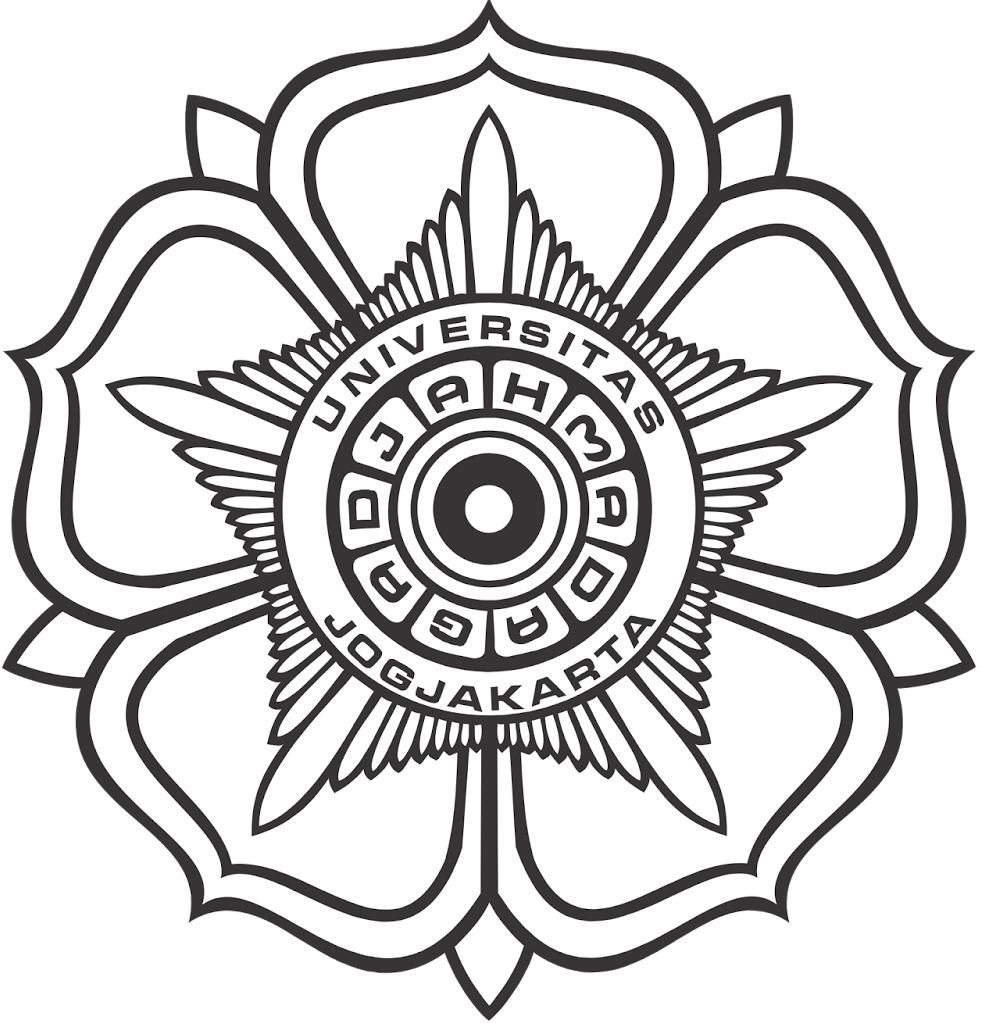Antibacterial activity of ten medicinal plants obtained from some selected villages in the states of Kedah and Penang, Malaysia
Abstract
The antimicrobial activities of ten plant extracts showed some degree of variation among Gram positive and Gram negative bacteria. Nineteen crude plant extracts were active against Gram positive bacteria as compared to only 9 against Gram negative bacteria. The most resistant bacteria was K. pneumoniae K6 which showed no sign of susceptibility towards any of the plant extracts. This might be due to the presence of ß-lactamase, which had been reported recently. S. epidermidis* showed susceptibility towards all plants except for M. citrifolia L. The highest zone of inhibition was 14.67 mm which was found in P. guajava extracts against S. epidermidis and this is closely followed by M. indica (at 13.67 mm ) against the same bacteria. Among all the plants which have been studied only M. citrifolia L. extract did not show any sign of antimicrobial activity. The result showed that means of inhibition zones between each plant extract were significantly different.
Key words: Antibacterial; Gram positive; Gram negative; medicinal plants.
Full Text:
IJPJune2009_99-103References
Basri, D.F., and Fan, S.H., 2005, The potential aqueous and acetone extracts of gall of Quercus infectoria as antibacterial agents. Indian Journal of Pharmacology, 37 (1), 26-29.
Cowan, M.M., 1999, Plants products as antimicrobial agent, American Society for Microbiology, 12 (4), 564-582
Doughari, J.H., Elmahmood, A.M., and Manzara, S. 2007, Studies on the antibacterial activity of root extracts of Carica papaya L. African Journal of Microbiology Research, 37-41
Lipp, F.J., 1996, Herbalism, Little Brown and Company, New York, 3-54.
Nalina, T., and Rahim, Z.H.A., 2007, The crude aqueous extracts of Piper beetle L. and its antibacterial effect towards Streptococcus mutants. American Journal of Biotechnology and Biochemistry, 3 (1), 10-15.
Ojokoh, A.0., 2007, Effect of fermentation on the chemical composition of mango peels. African Journal of Biotechnology, Vol. 6, 1979-1981.
DOI: http://dx.doi.org/10.14499/indonesianjpharm0iss0pp99-103
Refbacks
- There are currently no refbacks.
Copyright (c) 2017 INDONESIAN JOURNAL OF PHARMACY

This work is licensed under a Creative Commons Attribution-ShareAlike 4.0 International License.
Indonesian J Pharm indexed by:







































